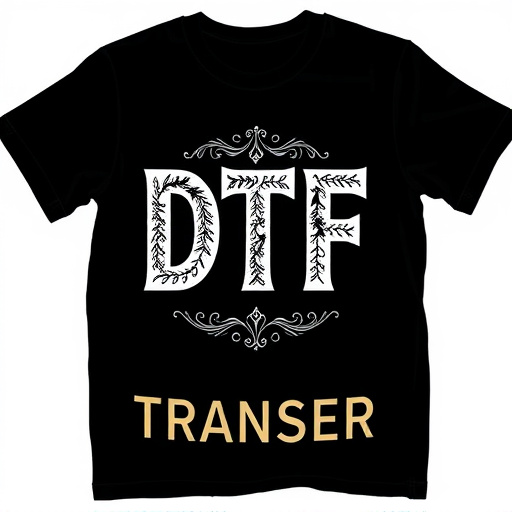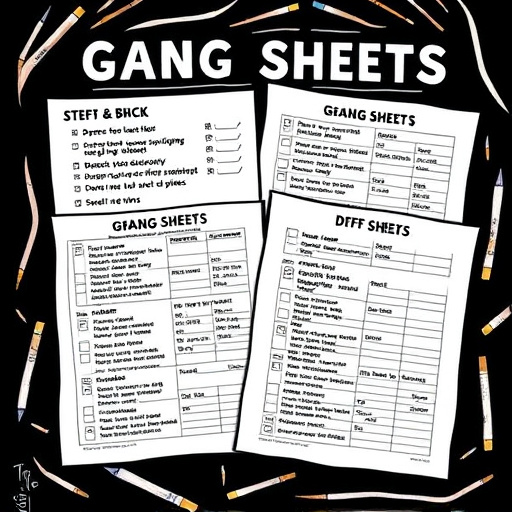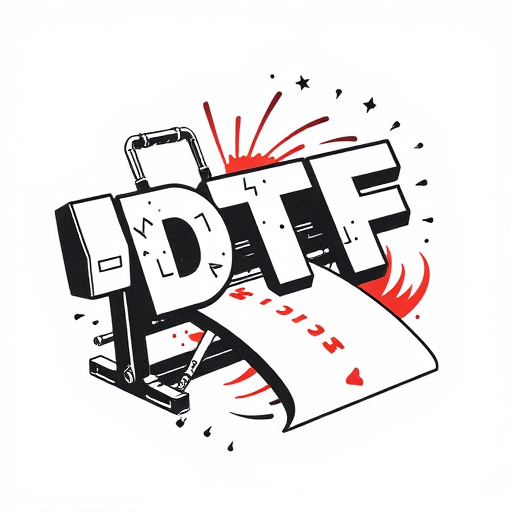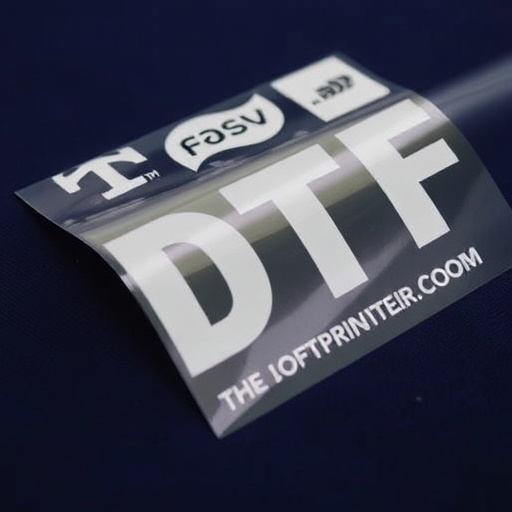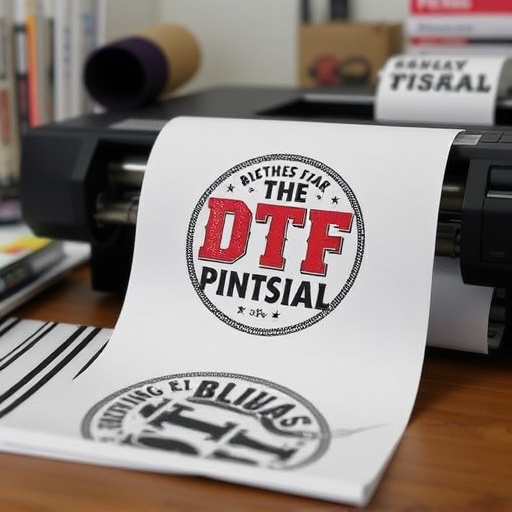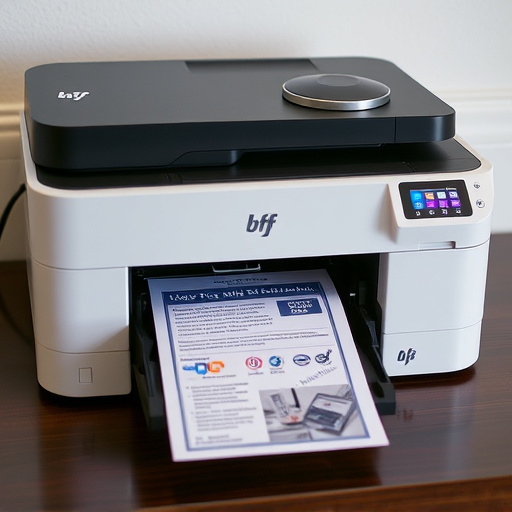DTF (Direct to Fabric) RIP software revolutionizes digital printing on fabrics by offering precise control over color, cutting, and heat press settings, minimizing errors and waste. Its advanced features include file preparation tools, pre-flight checks, job queuing, remote monitoring, and customizable settings, enabling optimized print jobs and significant cost savings. Implementing DTF RIP Software streamlines operations, enhances durability, reduces waste, and promotes environmental sustainability for print businesses aiming for consistent, high-quality results with enhanced efficiency.
In the printing industry, minimizing waste is a key goal, especially with digital production techniques. One effective strategy to reduce reprints and their environmental impact is leveraging DTF RIP software. This powerful tool plays a pivotal role in optimizing print jobs, ensuring precise color accuracy, and controlling output. By understanding its capabilities and implementing best practices, printers can significantly enhance efficiency and cut down on unnecessary reprints. Explore the key features and strategies to maximize DTF RIP software‘s potential.
- Understanding DTF RIP Software and Its Role in Reducing Reprints
- Key Features and Controls to Enhance DTF RIP Software Effectiveness
- Best Practices for Implementing DTF RIP Software in Your Workflow
Understanding DTF RIP Software and Its Role in Reducing Reprints
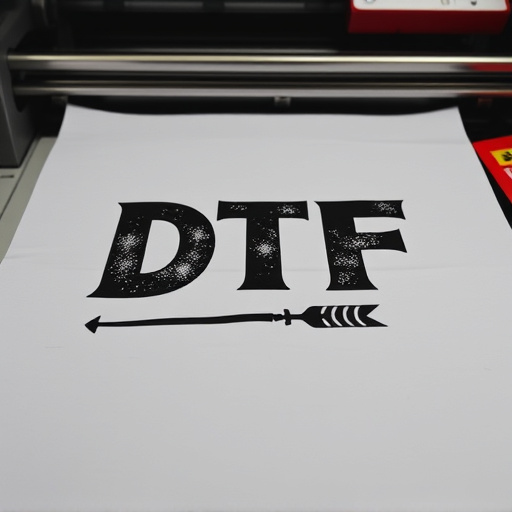
Understanding DTF RIP Software and Its Role in Reducing Reprints
DTF (Direct to Fabric) RIP software is a crucial tool for digital printers, helping them achieve precise and efficient printing on various fabrics. This advanced technology controls the entire process, from color management to cutting settings, ensuring optimal results. By accurately riping designs to the specific fabric type and desired finish, DTF RIP software minimizes errors and waste, thereby significantly reducing the need for costly reprints.
The software’s ability to tailor settings like heat press temperatures (dtf heat press settings) and pressure levels enhances fabric durability (dtf durability), leading to longer-lasting prints. Moreover, its cost-effective features allow printers to optimize resource utilization, making it a game-changer in the printing industry. With DTF RIP software, businesses can streamline their operations, enhance productivity, and deliver high-quality, long-lasting prints without incurring excessive reprinting expenses.
Key Features and Controls to Enhance DTF RIP Software Effectiveness
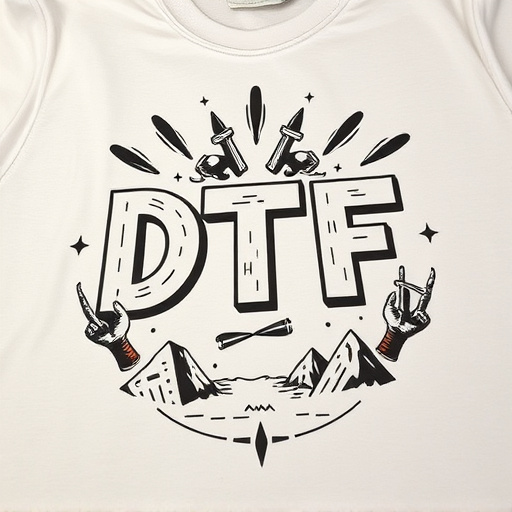
To maximize the efficiency and reduce reprints with DTF RIP software, several key features and controls are essential. First, DTF file preparation tools within the software allow for precise adjustments to color profiles, resolution, and image quality, ensuring accurate prints every time. This includes options for pre-flight checks that identify potential issues before sending files to the printer, thus minimizing errors and wasted materials.
Additionally, robust control over the RIP process is critical. Features like advanced job queuing, remote monitoring, and customizable rip settings enable users to optimize print jobs based on specific requirements. By integrating these controls, businesses can streamline their DTF online ordering processes, enhance DTF durability, and ultimately reduce waste, leading to cost savings and environmental benefits.
Best Practices for Implementing DTF RIP Software in Your Workflow

Implementing DTF RIP Software is a game-changer for any print business aiming to streamline its operations and reduce reprints. Here are some best practices to ensure a smooth transition:
Start by understanding your workflow and identifying pain points related to reprinting. DTF (Direct to Film) RIP software offers precise color matching, enabling you to achieve consistent results across multiple prints. By implementing automated color profiles and settings, you can minimize variations that lead to reworks. Additionally, leveraging features like design transfers allows for efficient setup of complex layouts, further reducing the chance of errors.
For a cost-effective solution without compromising quality, optimize your settings and workflows. Regularly update your software to access the latest improvements and ensure compatibility with your devices. Training staff to use the software effectively is crucial, fostering a culture of precision and efficiency within your print shop.
In conclusion, implementing reliable DTF RIP Software is a strategic move towards streamlining print workflows and significantly reducing reprint occurrences. By understanding its core function, leveraging key features, and adopting best practices, businesses can optimize their printing processes. This, in turn, leads to cost savings, environmental benefits, and improved overall efficiency, making DTF RIP Software an indispensable tool in today’s digital printing landscape.






